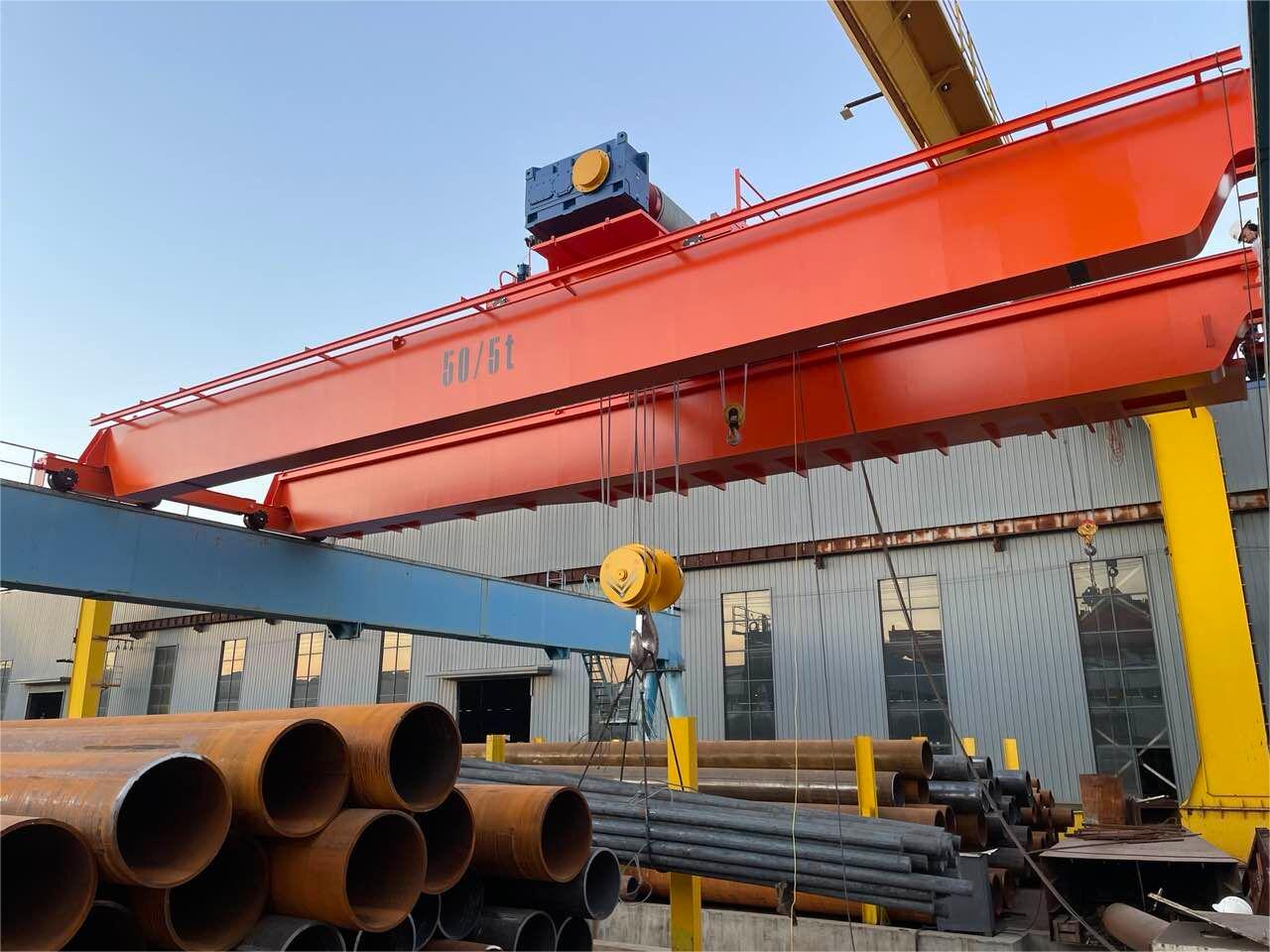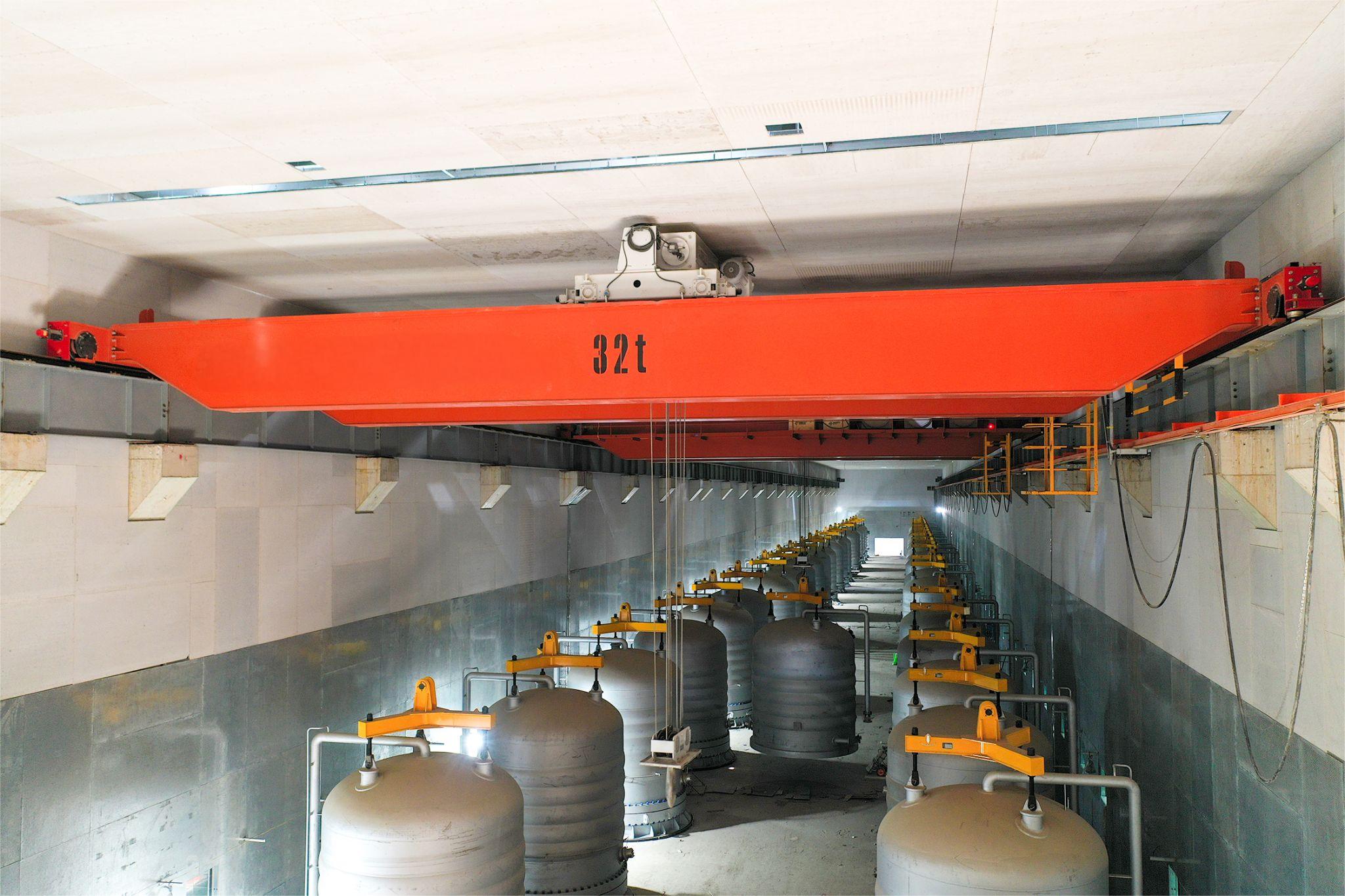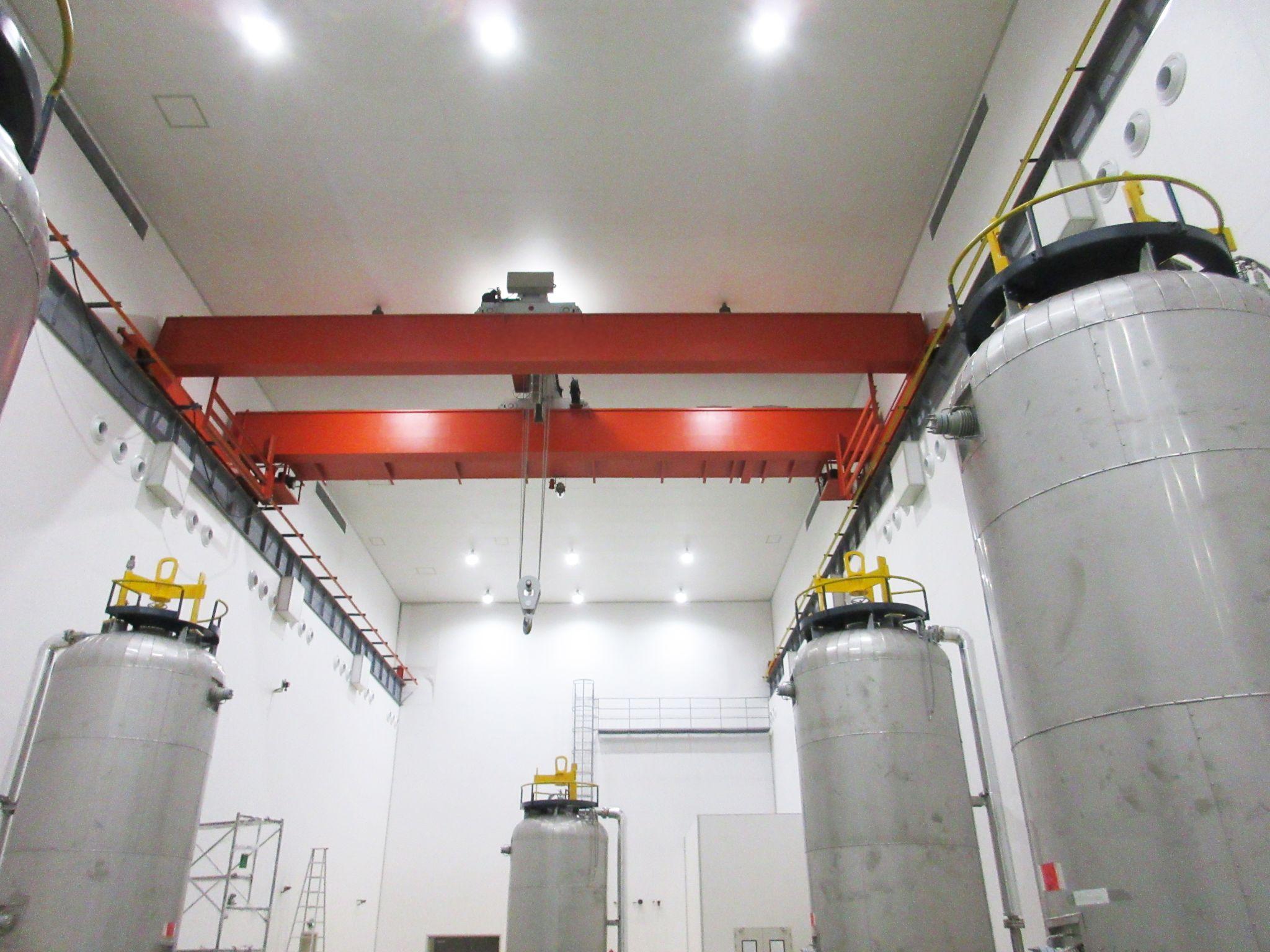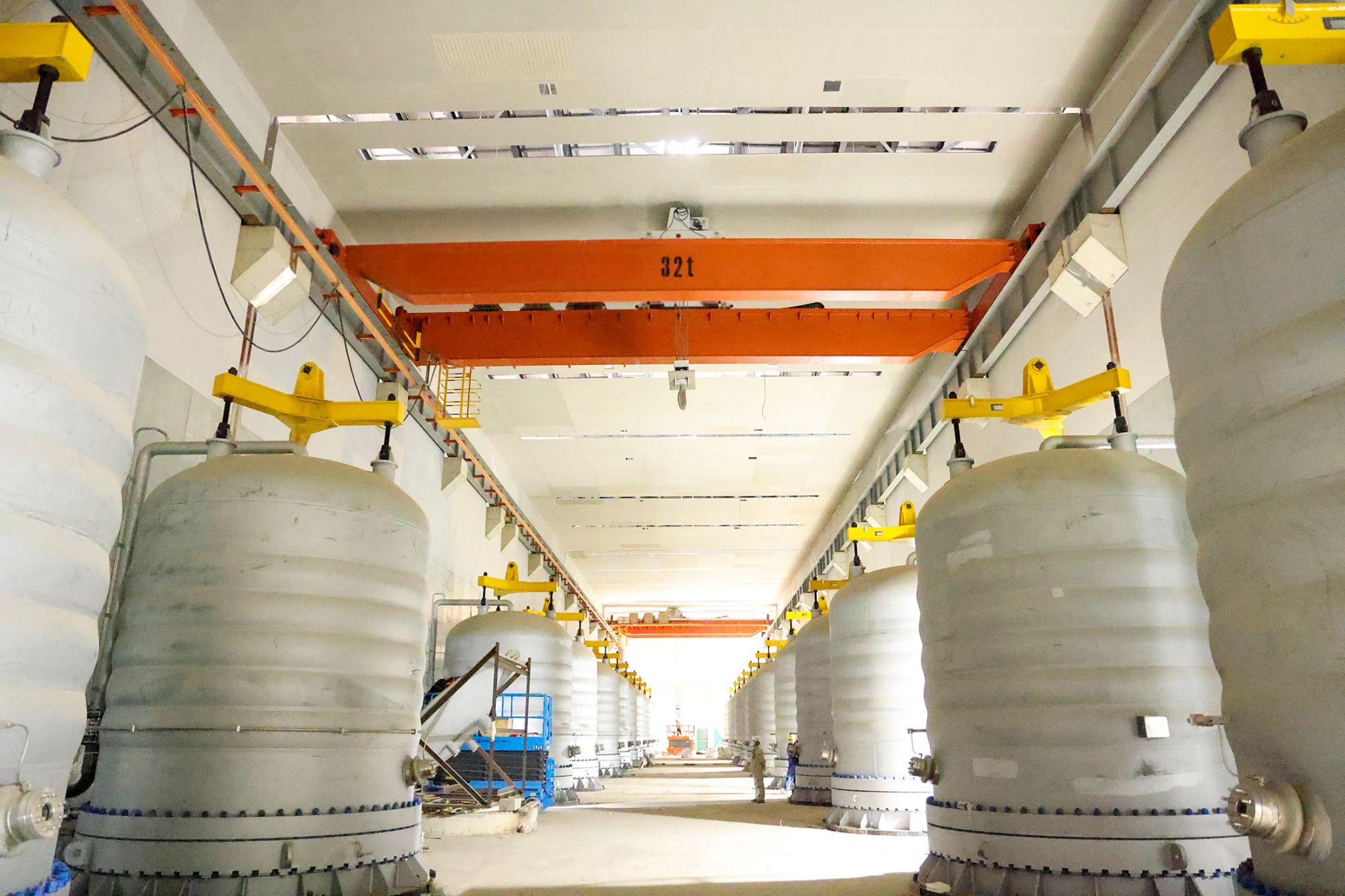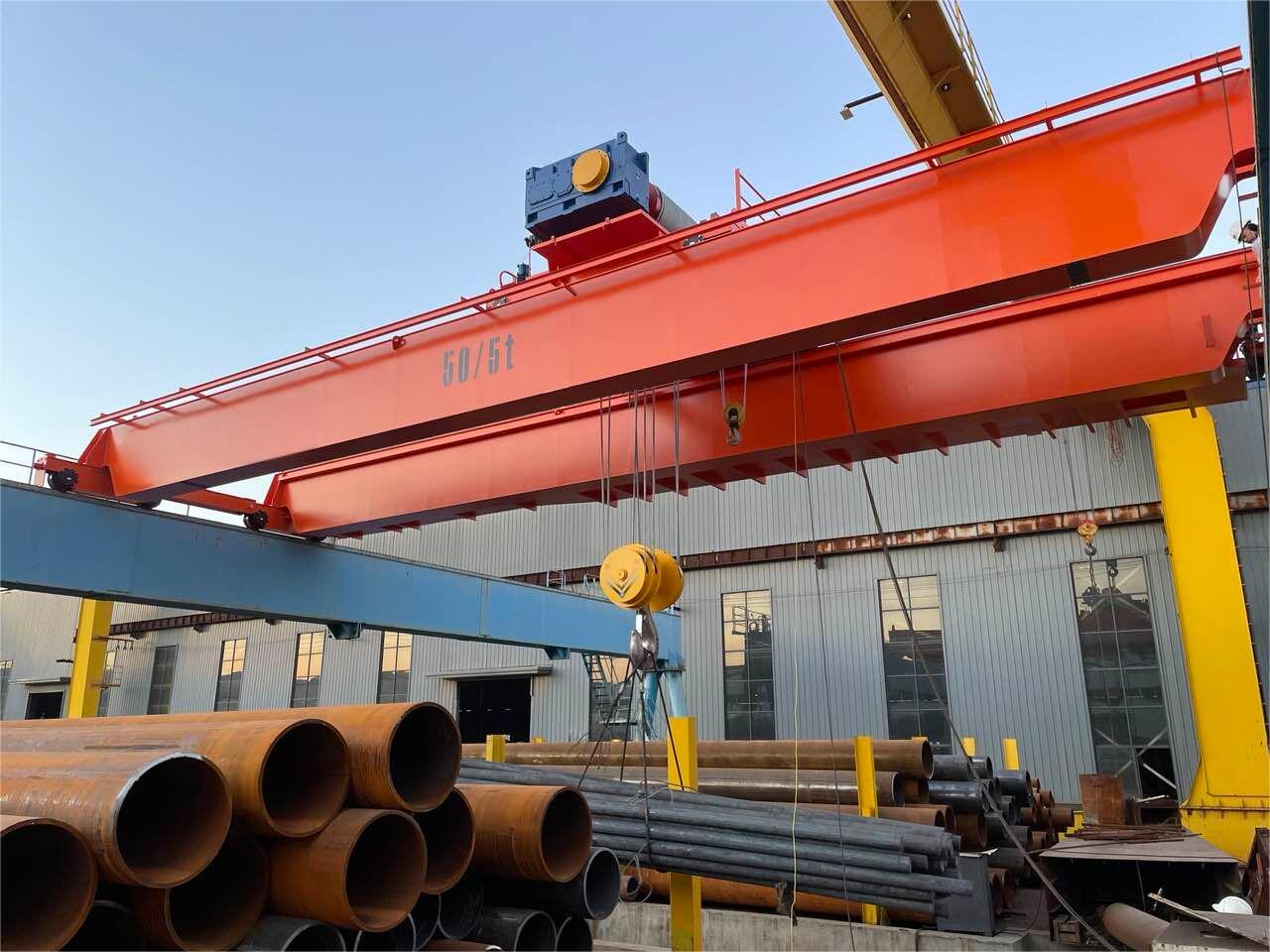Overview
Explosion-proof crane is a special lifting equipment designed for high-risk environments such as flammable and explosive environments. It is widely used in industrial places such as petrochemical, natural gas, coal chemical, aerospace, military manufacturing, and pharmaceuticals where explosive gases, dust or steam exist. Its core design concept is to eliminate dangerous factors such as sparks, high temperature or static electricity that may be generated during equipment operation through explosion-proof optimization of materials and structures, and ensure the safety, stability and efficiency of the operation process.
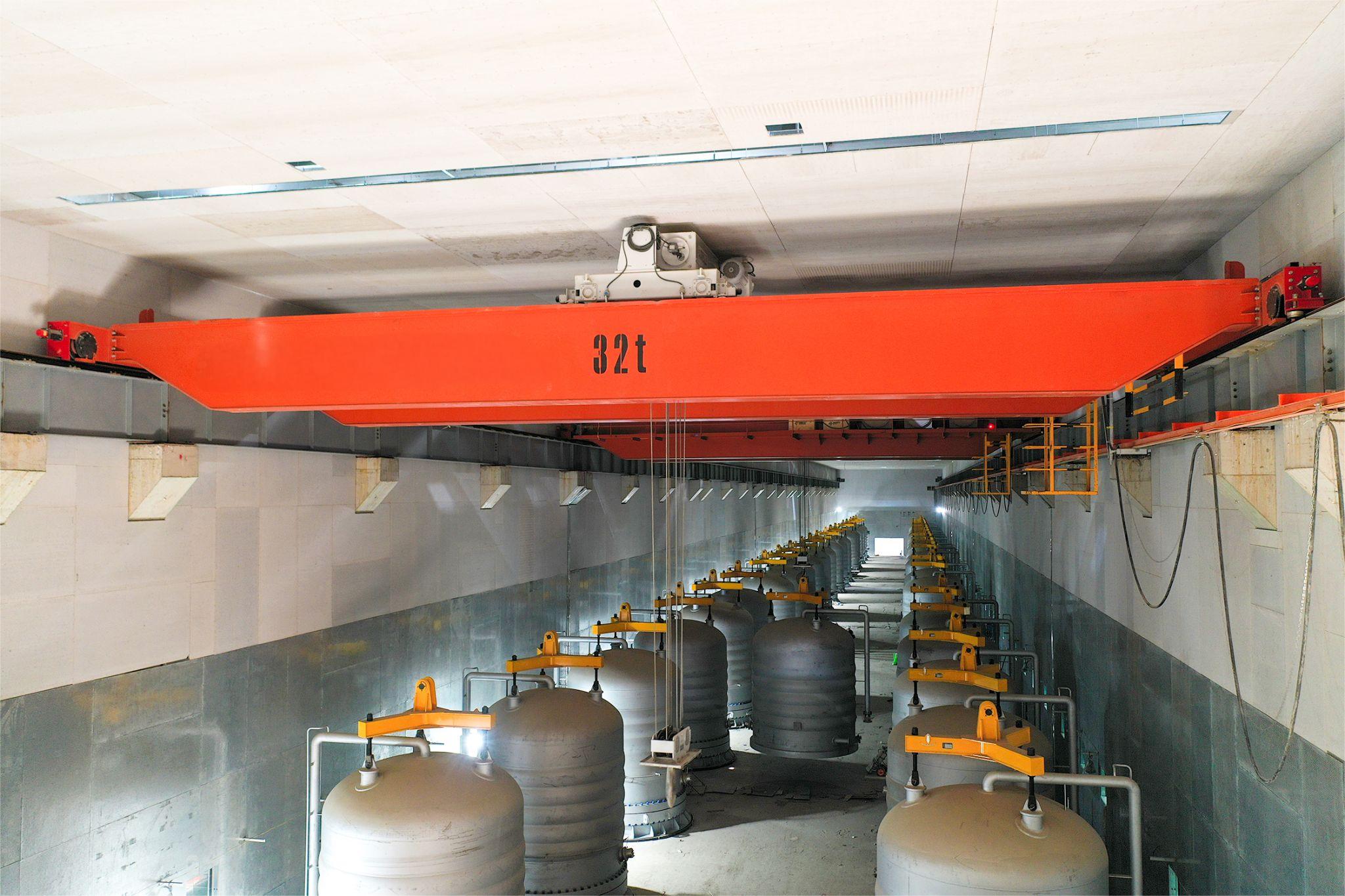
Core design features
1. Fully explosion-proof configuration: The main structure of the crane adopts low magnetic permeability and impact-resistant high-quality alloy steel, and all metal parts are sprayed with anti-rust and anti-static paint to avoid sparks caused by friction or collision.
2. Explosion-proof electrical system: Electrical components such as motors, control cabinets, and button boxes all meet explosion-proof standards (such as Ex d IIC T4, Ex tD A21 IP65), and adopt explosion-proof or intrinsically safe design to effectively isolate internal arcs from external dangerous environments.
3. Non-metallic parts: Non-critical load-bearing parts such as pulleys and cable sheaths use spark-free materials (such as bronze and engineering plastics) to further reduce risks.
1. Modular design: The main beam, end beam, lifting mechanism, etc. use standardized modules to facilitate rapid installation, maintenance and component replacement, reducing on-site construction risks.
2. Redundant safety system: Equipped with dual brakes, dual limit protection (mechanical + electronic), overload limiter, etc., to ensure safe shutdown when any system fails.
3. Thermal management technology: The motor and gearbox have built-in temperature sensors, and with forced air cooling or oil cooling systems, they monitor and suppress equipment temperature rise in real time.
1. Explosion-proof variable frequency speed regulation: Explosion-proof frequency converters are used to achieve stepless speed change, reduce mechanical impact, and extend equipment life.
2. Remote monitoring: Optional explosion-proof cameras, sensors and Internet of Things modules can be used to transmit equipment operation data to the safety zone monitoring center in real time to achieve remote fault diagnosis and early warning.
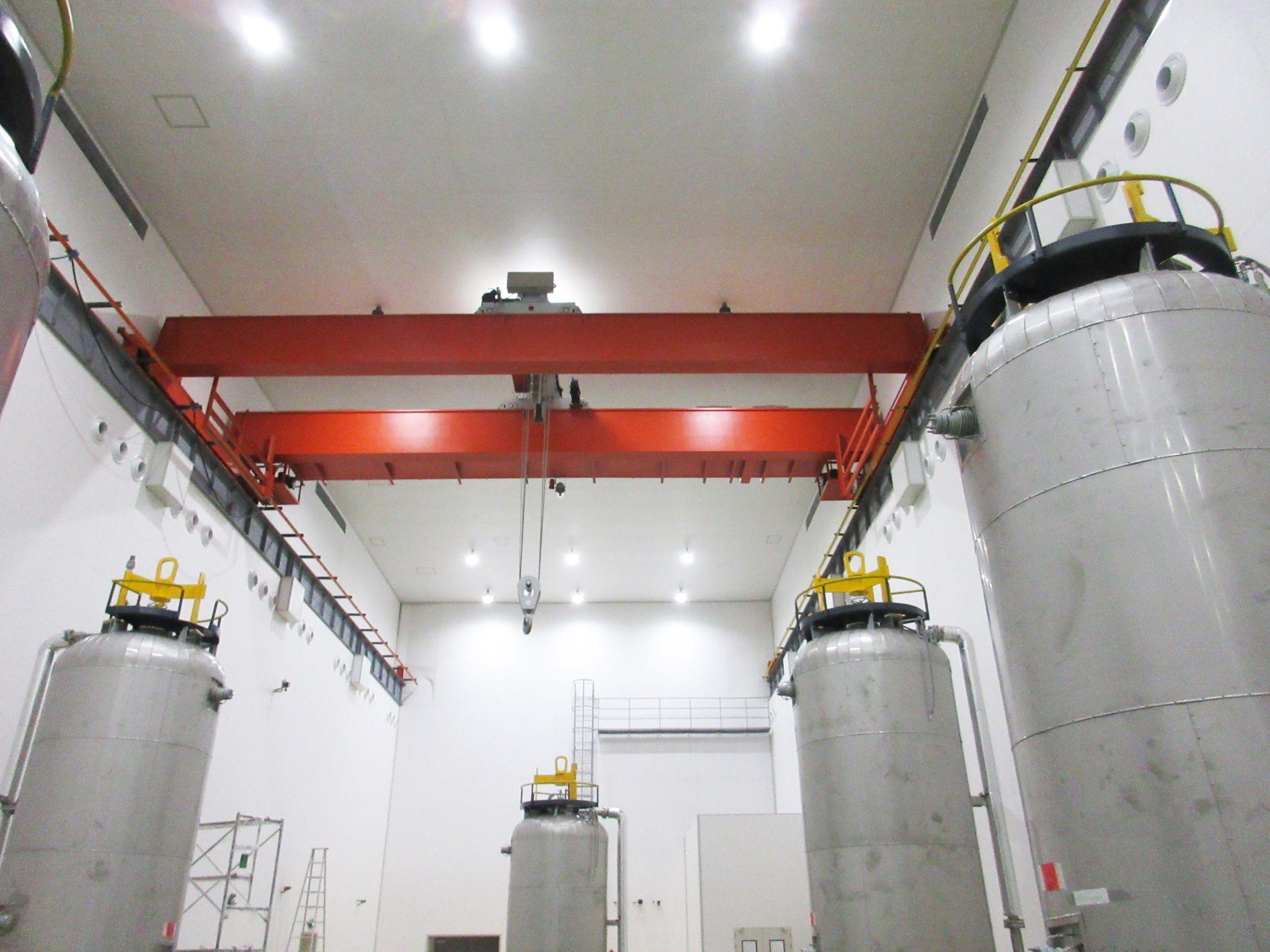
Technical parameters (taking typical models as an example)
| Item | Parameters |
|---|
| Rated lifting capacity | 1~50 tons (customizable design) |
| Span | 10~35 meters (expandable to 50 meters) |
| Working level | A3~A6 (customizable according to working conditions) |
| Explosion-proof level | Ex d IIC T4 / Ex tD A21 IP65 |
| Lifting height | 6~30 meters (standard, customizable) |
| Operating speed | ground/remote control operation, 0~20 m/min adjustable |
| Ambient temperature | -20℃~+40℃ (customizable for special environments) |
| Certification standards | GB 3836, ATEX, IECEx and other international explosion-proof standards |
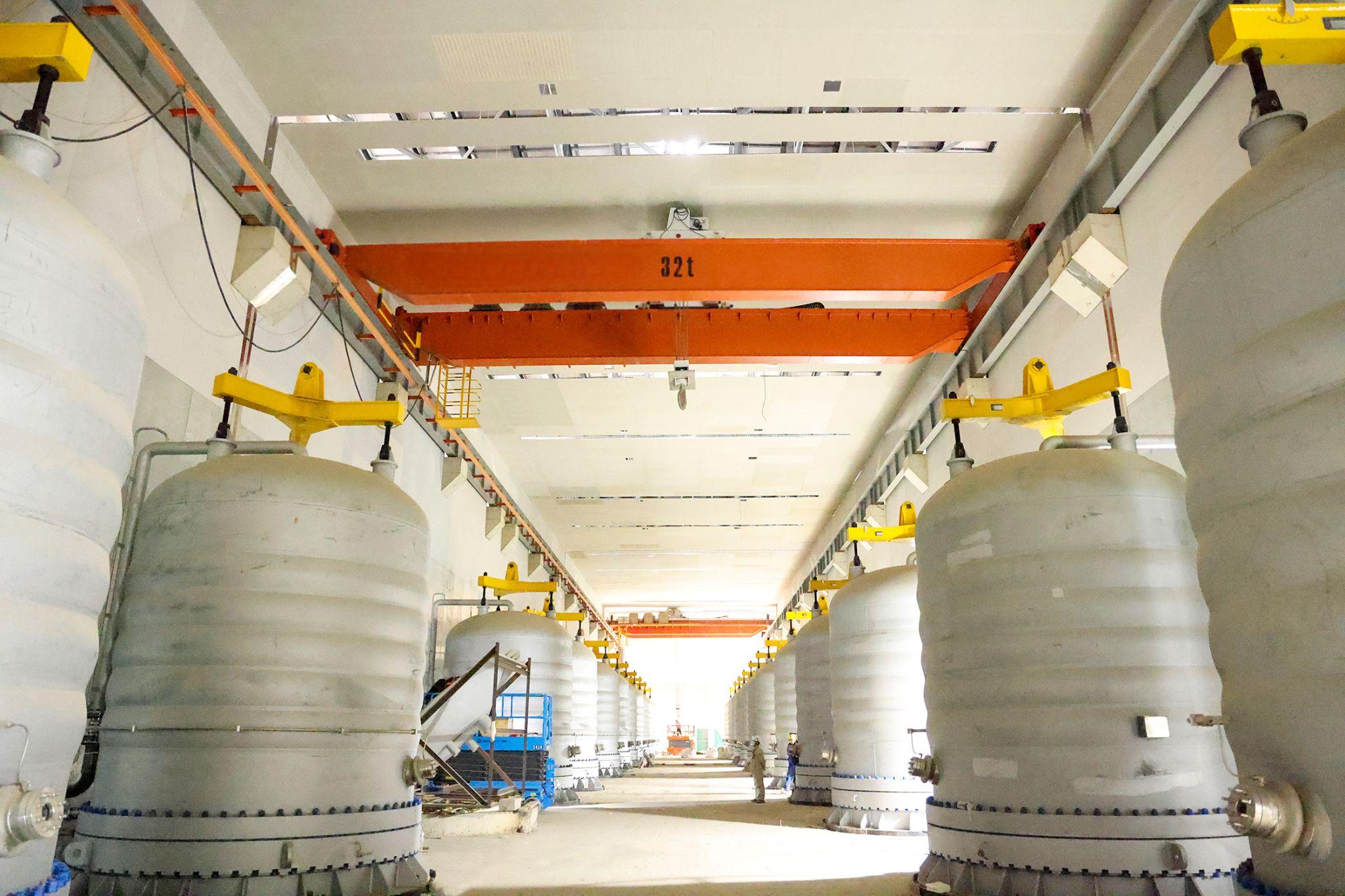
Applications
Petrochemical: Raw material tank area and reactor hoisting in refineries and chemical plants.
Natural gas processing: LNG storage tank installation and pipeline maintenance operations.
Dust environment: Grain processing, aluminum powder/magnesium powder production workshop.
Military industry and aerospace: Ammunition assembly, fuel storage area equipment handling.
Medicine and laboratory: Precision instrument hoisting in explosion-proof clean workshops.
Jinghe Crane Service and Guarantee
Customized Solution: Provide one-to-one design service according to the user's on-site environment (such as gas group, temperature range, space restrictions).
Professional Installation and Acceptance: A team of certified explosion-proof engineers is responsible for installation and commissioning to ensure compliance with the national explosion-proof equipment installation specifications (GB 50257).
Training Service: Provide explosion-proof safety training for operators and guidance on equipment maintenance procedures.
Full Life Cycle Maintenance: Provide regular explosion-proof performance testing, replacement of wearing parts and emergency response services to ensure long-term safe operation of equipment.
